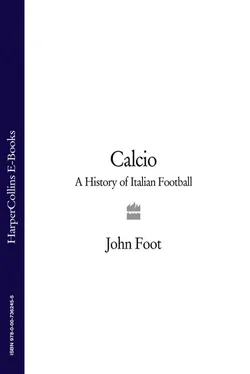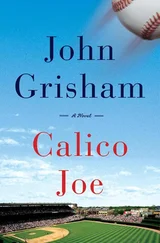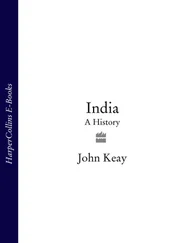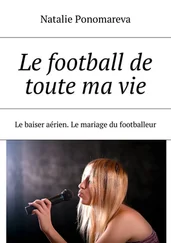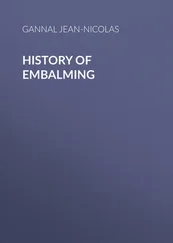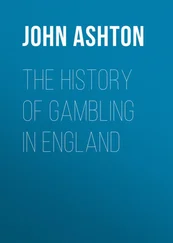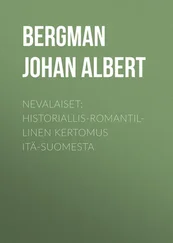During the war, Italian nationalists attempted to mobilize sport behind the war effort. Soldiers were anxious to read about sport and special sports papers were produced for them to browse through. Soldiers also played football at the front and appeals were made for footballs to be sent out to them. Sports Illustrated produced a war issue that compared the conflict to a vast game ‘in which there are no laws and the spectators are also actors’. With time, this paper became less and less about sport and more and more about war propaganda. Fascism’s use of sport as a potent propaganda weapon in the 1930s was prefigured in this period of international conflict.
Although the official championship had been called off at the start of the war, competitive football continued through a series of cup competitions. All the big teams were involved, although crowds were small, judging by the photos. Players were still being paid, much to the chagrin of the sports press, who complained that ‘nasty professionalism has still not disappeared’. There were even outbreaks of crowd trouble, ‘the usual fights’. In the reports of these games, calcio appears to be far more modern than during the ‘heroic’ phase of its growth. The players have the physical shape of modern footballers, the kit is smaller and less baggy and includes knee bandages, headbands and goalkeeping gloves. Football photographers were also improving. In the early photos, the ball was a rare sight – and papers would use crude photo montages to show ‘goals’. Now they had begun to capture goals, saves, tackles and even fights between players. Another modern development was advertising around the stadium. Football had become a business.
In 1919 the football championship began again in earnest and the sport went through a period of considerable expansion. After the war the foreign dominance on the field began to wane, although foreign players continued to arrive, whilst the technical side of the game began to be controlled by non-Italian coaches and managers. Foreign managers were brought in by most of the big clubs after the war and many enjoyed immediate success. Symbols became important as calcio invented its own history made up of a mix of tradition and myth. From the 1923–24 season onwards, the championship-winning team had a scudetto (shield) symbol – with the colours of the national flag – sewn onto their shirts. The shield-patch remained there for the whole following season, and the word scudetto began to rival that of titolo or campionato.
Running the Game. The Italian Football Federations. Splits and Reunions
We have seen that the first Italian football federation had been formed in 1898 and had organized the first championships, which slowly expanded from the minor one-day tournament of that year. In 1909 the federation changed its name to the FIGC ( Federazione Italiana del Giuoco del Calcio ) making calcio the official Italian term for football. That year also saw the adoption of a rule book and federal statutes. Referees were also brought under the auspices of a special commission. For the first time, relegation and promotion were introduced.
Almost from the beginning of the history of calcio , the ‘problem’ of foreign players produced heated debate. The early championships saw teams with English, Belgian, Swiss and German players in key positions. Genoa and Inter were often criticized for their preponderance of foreign players. In part, this was simply jealousy, but politics was also important. Italian nationalists argued that the domestic game should be reserved for Italians.
In 1908, the football federation took a radical step – all teams with foreign players would be excluded from the main championship and a special competition would be reserved for them. In protest, a series of big teams pulled out altogether, including Milan, Torino and Genoa. The foreigner ban was seen by the Milanese clubs as a crude attempt to take their power away, on and off the field. Milan were particularly angry as their chance of winning the special Spensley Cup, awarded for three successive championship victories, had been removed by diktat.
Under pressure again, after the farcical failure of the Italian-only championship, the federation re-admitted foreigners the following year, but the issue continued to provoke bitter debate. A gesture was made towards Milan, who were awarded the Spensley Cup without having actually won it. In 1910, Inter’s championship victory was marked by controversy over the role of Aebi, an elegant Swiss-Italian player whose citizenship was called into question. These battles were also over territory (the head offices of the football federation kept shifting from city to city, and in particular between Milan and Turin) and about control over what was becoming big business. The world of calcio was, right from the start, riven by splits, controversies, rivalries and acrimonious debate. It was rare for a championship to go by without insubordination by one club or another and the federation struggled to impose its authority.
Violence and Fans. The early years
Violence was part of calcio from the very beginning. Fights in the crowd were reported during the first ever championship tournament, the one-day affair in Turin in 1898, and violence began to afflict the game almost from the start. Football historian Ghirelli writes of pitch invasions during a match between Genoa and Juventus in 1905, which led to an immediate replay, and of stone-throwing during other early games. 16
Between 1911 and 1914, a number of incidents marred games. Stones were hurled at a referee in 1912 in a match between Genovese team Andrea Doria and Inter. In December 1913 another referee was forced to run away from angry supporters in a match at Novara. A photo survives of this incident, depicting a number of men with straw hats milling around on the pitch, and a bemused goalkeeper-onlooker. Casale and Inter fans fought each other on the pitch in June 1914. Some of this violence was linked to actual games, some to local rivalries, and some to gambling, which was already widespread. Pitch invasions became commonplace, such as in a match between two Rome teams in June 1914 and in a Tuscan match in January of the same year, when shots were fired and stones thrown during a Livorno—Pisa derby.
In the brutal atmosphere of post-war Italy, football violence exploded on and off the field. For Ghirelli, there was a series of episodes that ‘veered between farce and the time of the Wild West’. 17Rinaldo Barlassina, one of the most prominent Italian referees at the time, was the victim of stone-throwing during a match at Casale. After refusing to give a penalty, Barlassina used an umbrella to protect himself and he emerged unhurt. Ghirelli comments that ‘it is unclear if this was thanks to his stoicism or to the fact that the stones had run out’. 18Another referee was attacked by angry fans on his way home after a game at Modena.
In February 1920, a pitch invasion interrupted Pro Vercelli-Genoa and Guido Ara, a Vercelli midfielder, was hit by an angry fan. A rare photo survives of this incident, with supporters running towards the referee whilst the players flee. In the background, a number of fans have clambered up trees in order to see the match. In 1921 Pro Vercelli were again involved, this time against Inter, in Milan. In the first half, an Inter player was seriously injured. The home crowd blamed Vercelli’s players. In the second half the atmosphere was ‘electric’ but Vercelli continued their ‘dirty play’, according to press reports. Finally, Vercelli’s captain was sent off. Another injury followed – this time a broken leg – and the players squared up to each other. After a pitch invasion the referee took refuge in the dressing room. The Vercelli player blamed for the incidents was banned for six months and the match was never replayed.
Читать дальше
